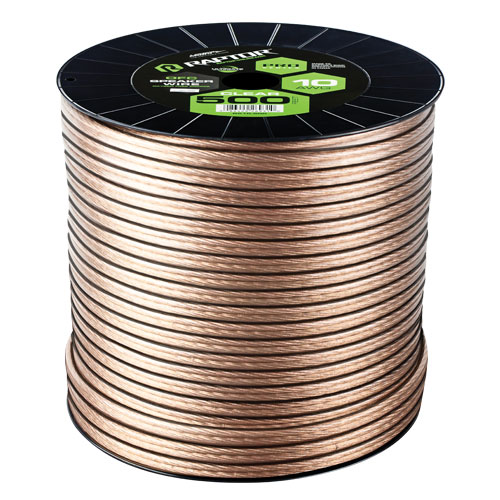

The signal wire is shielded, which in turn reduces radio signals and interference from other electronics. An instrument cable, on the other hand, requires shielding since it connects your instrument to the amp at high impedance. Instrument cables are shielded and use much smaller wires and speaker cables are unshielded and use huge wire gauges.Ī speaker cable has no use for shielding because the signal from the amp is huge and the impedance of the speaker is very low to the point that outside interference and RF noise won’t be a bother. They are made of a copper core wrapped with rubber or polyester, and with connectors made of gold, nickel, or other types of metal. Instrumental- and Speaker cables are constructed quite similarly. It’s easy to mistake instrumental cables for speaker cables, but there are a few key differences in how they’re built, which is your basis and the reason why you can’t just use them interchangeably. If you’re at a studio or at a gig and realize you’ve made an honest mistake of forgetting your instrument or speaker cables, or maybe you damaged one while traveling, it’s important to make sure that the new one you got is the right one for the job. Sometimes other bands can lend you an item you forgot, or a helpful sound guy may have some extra gear somewhere you can use, let’s say a cable for your guitar. Once at an out of town gig, I forgot to bring my own amp head. My buddy, who’s been a drummer for decades, often forgets his own drumsticks. If you haven’t, well, it’ll happen at some point. If you’ve been playing (in a band) for years now, chances are there have been times you’ve forgotten some essential parts of your rig.

If no sound is heard, replace speaker wire as it may be damaged or have a poor connection.Listen for humming or buzzing sound from speaker wire.Connect one lead to positive terminal of battery and the other lead to negative terminal.Attach test leads to ends of speaker wire.Gather necessary tools: 9-volt battery and speaker wire test leads.So there you have it, a simple and crafty way to test your speaker wire with a battery. You can shop our selection of bulk speaker wires here. In either case, it's important to replace the wire to ensure that your audio system is in tip-top shape. It could be a sign that it's time to replace the wire, either because of a break or a poor connection at one of the terminals. This indicates that the wire is able to carry an electrical signal.īut what if you don't hear anything? Don't worry, it's not the end of the world (or the end of your dance fun). If the wire is functioning properly, you should hear a faint humming or buzzing sound. Next, listen carefully for any sound coming from the speaker wire. This will create a complete circuit, allowing electricity to flow through the speaker wire. Some popular brands of 9-Volt batteries are:įirst, attach the test leads to the ends of the wire and connect one lead to the positive terminal of the battery and the other to the negative terminal. Additionally, a 9-volt battery is small and portable, making it easy to use for testing speaker wire. Using a 9-volt battery allows the electrical current to flow through the wire without damaging it. This is important because speaker wire is not designed to carry high-voltage electrical currents. You might be asking why you would want to use a 9-volt battery? Why To Use a 9-Volt Battery?Ī 9-volt battery is commonly used for testing speaker wire because it provides a relatively low-voltage electrical current.

To test your speaker wire with a battery, you will need a 9-volt battery (commonly found in smoke detectors) and a set of speaker wire test leads. And let's be honest, we all want to make sure our dance sessions are always on point! Gathering Your Testing Supplies speaker wire with a battery is a simple and effective way to ensure that your audio system is functioning properly.


 0 kommentar(er)
0 kommentar(er)
